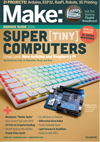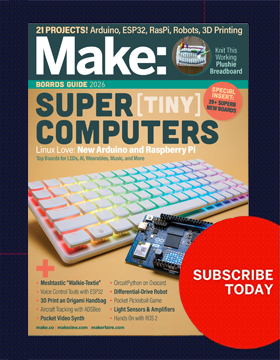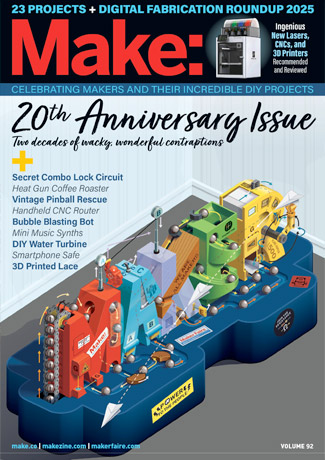By Sonya Nimri
Anyone who’s ever taken on an ambitious home-improvement project knows what it’s like to have spare wood lying around – and to want nothing more than to get rid of it. This DIY project is a great way to turn scrap 4″x4″ lumber into a kid-friendly puzzle featuring their favorite animal. A single 5′ piece of 4″x4″ lumber (which, in a typically confusing turn of phrase in the construction biz actually means it’s 3 1/2″ x 3 1/2″), will easily make one 16-block puzzle. Even if you have to buy materials, it’s thrift-friendly, as the wood should cost no more than $7. To further drive down costs, I used leftover acrylic house paint from some other projects. Bare wood means extra coats, and the key here is to give it one solid coat of primer and then give it a minimum of 3 coats of paint on each side of the wood for an even, smooth finish.
Materials
Pencil
4″x4″ 5′-long piece of lumber
Miter saw or hacksaw
150-grit sandpaper
Four 1/2″ sponge brushes
Gesso or white primer
1/2″ paper tape
5 coordinating colors of acrylic paint
Elephant template provided below, enlarge by 154% on 11″ x 14″ paper
Copy machine
3/8″ chisel-tipped paintbrush
| Download the Elephant template PDF Right click to save the PDF to your desktop. Directions on downloading PDFs. |
Directions
Step 1: Using your miter saw* or hacksaw, cut your 4″x4″ lumber every 3 1/2″ to make 16 blocks that are 3 1/2″x3 1/2″ each. Although one would think that 4″x4″ lumber would be 4″ by 4″, it is actually 3 1/2″, so your blocks should be perfect cubes. Sand the sides with sandpaper to smooth edges.
*Learn how to use a miter saw here.
Step 2: With a 1/2″ sponge brush, prime blocks with one coat of gesso on all four sides. I recommend painting two opposing sides at a time and letting them dry before moving on so your hands don’t get too messy. Let dry completely.
Step 3: Tightly arrange your puzzle blocks in a desired order, cut-side up – they might not be exactly even in height, so mix the higher and lower ones randomly. Give it one coat of white paint, wait to dry, then tape a striped pattern onto the blocks. This is the B-side to the puzzle.
Step 4: Paint the blocks red over the tape. Brush paint outward from the tape, using small amounts to minimize paint running under the tape. Paint at least 3 coats, giving the paint time to dry between coats.
Step 5: Inevitably, no matter how careful you are, paint will run under the tape. Use your sponge brush to touch up the white paint.
Step 6: Turn each block on its side and use your sponge brush to paint two opposite sides the color of your choice. I chose yellow because bright colors like yellow, red, and orange are thought to stimulate brain activity in children. I recommend three to four coats for a nice, even finish.
Step 7: When the first two sides are dry, paint the next two opposite sides another color. Here I chose gray to give a break to the eye from all the bright colors. Too many bright colors can be over-stimulating!
Tip: Make a line across the top of the block and painting downward to keep the colors from dripping onto the other sides of the blocks.
Step 8: Enlarge the elephant template to 154% on a copier, then cut out the elephant. Figure out the placement of the elephant on the puzzle. I made sure that there was a part of the elephant on each block to make it easier to assemble the puzzle.
Step 9: Lightly trace the elephant onto the puzzle with a pencil.
Step 10: Use your flat-tipped angled brush to fill in the penciled outline.
About the Author:
Sonya Nimri lives and crafts in a little house in Venice Beach, Calif. She is the author of two books: Beadalicious and Just for the Frill of It. Visit her at sonyastyle.com for lots of project ideas.
ADVERTISEMENT





















